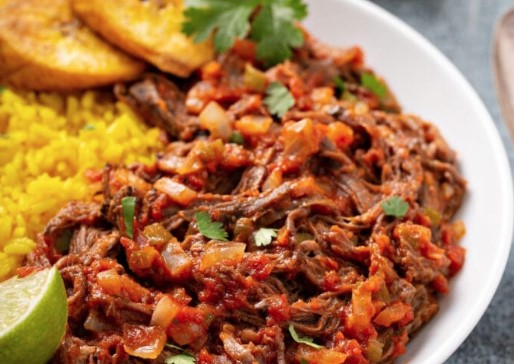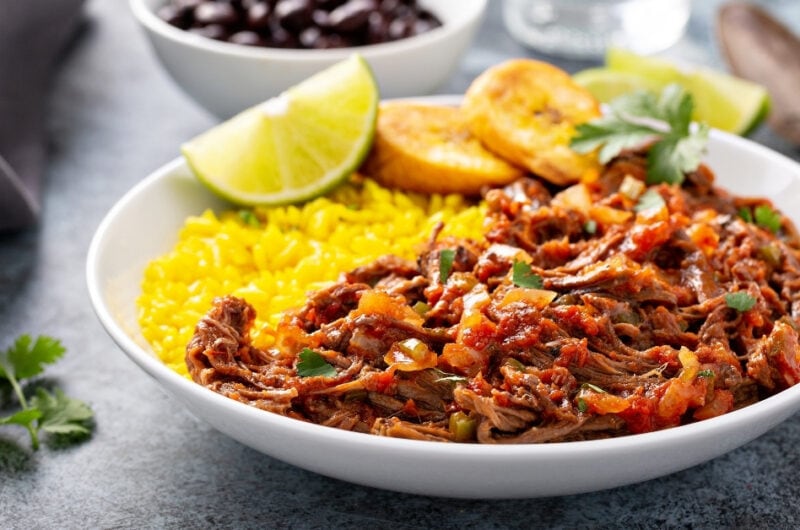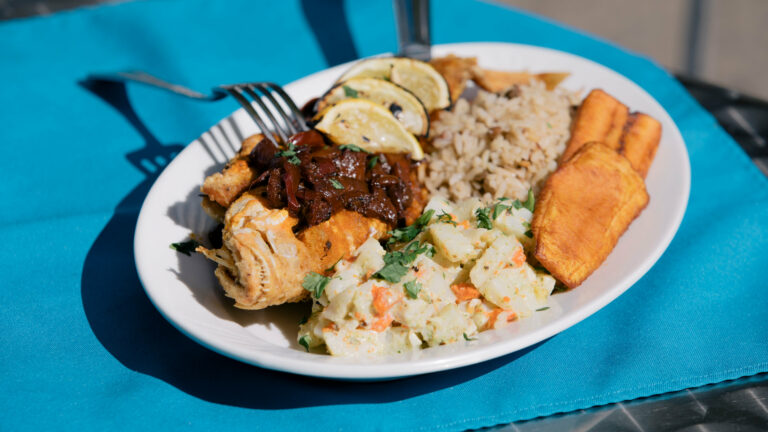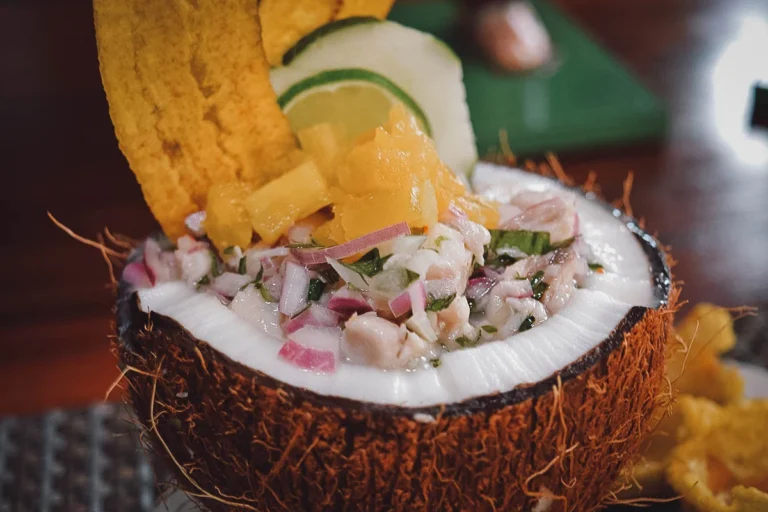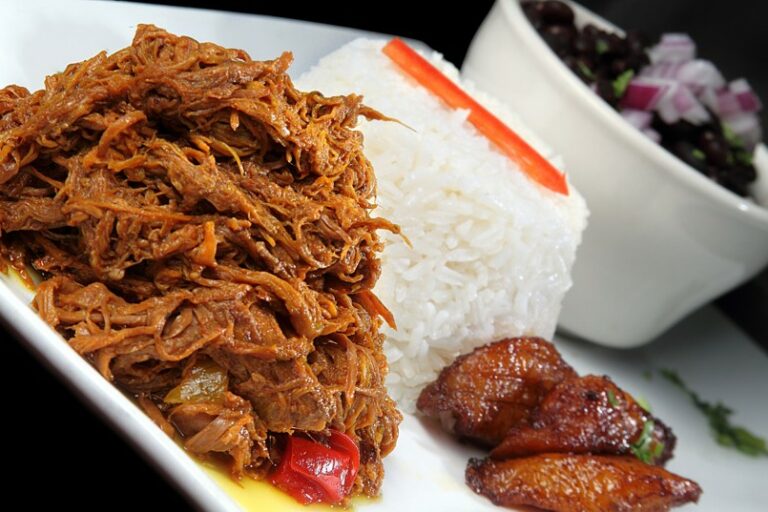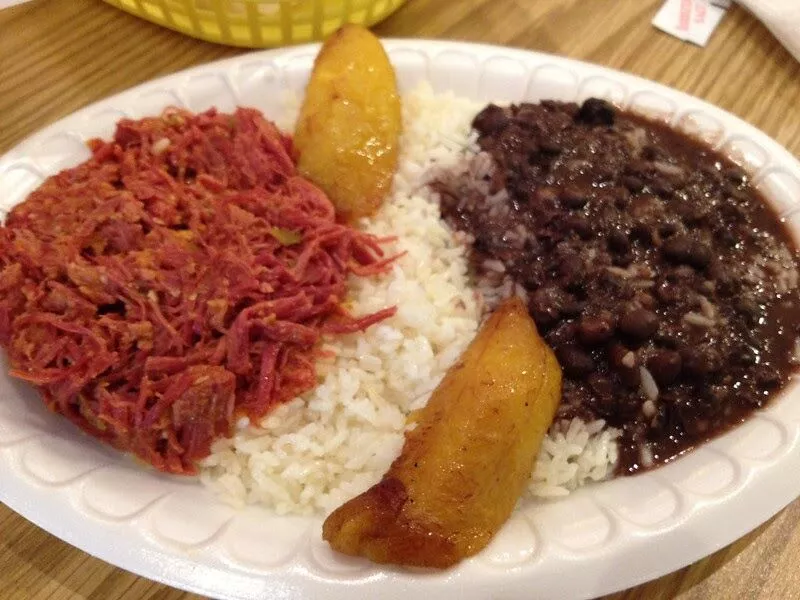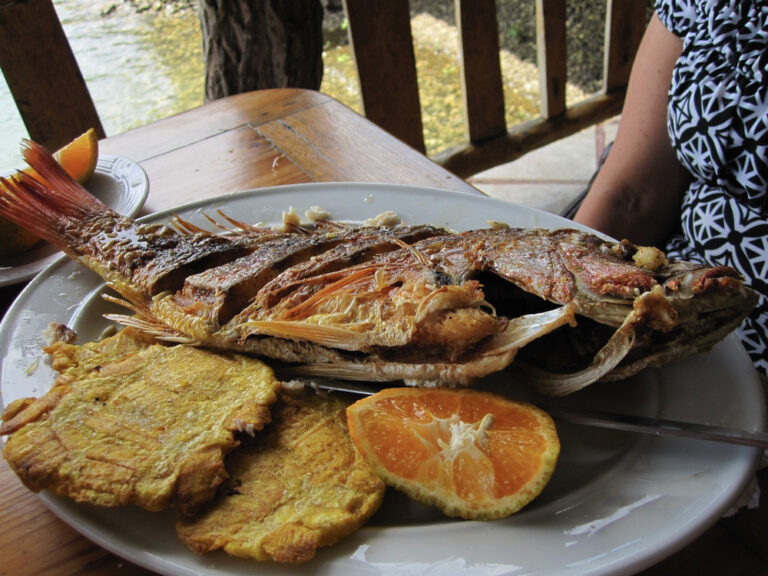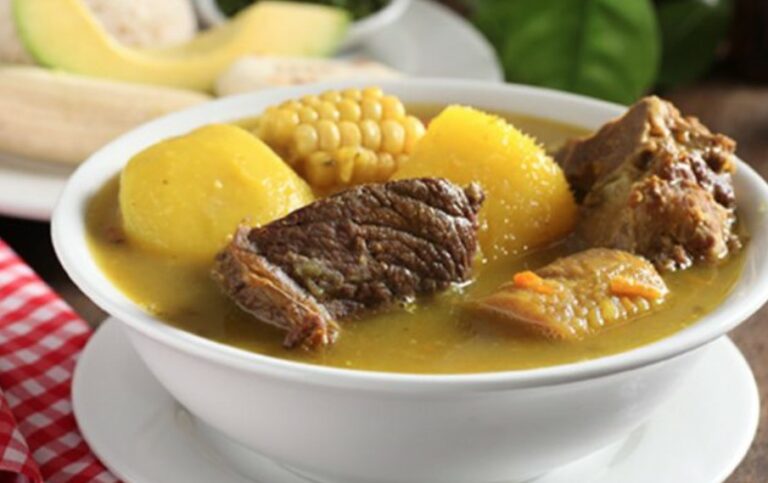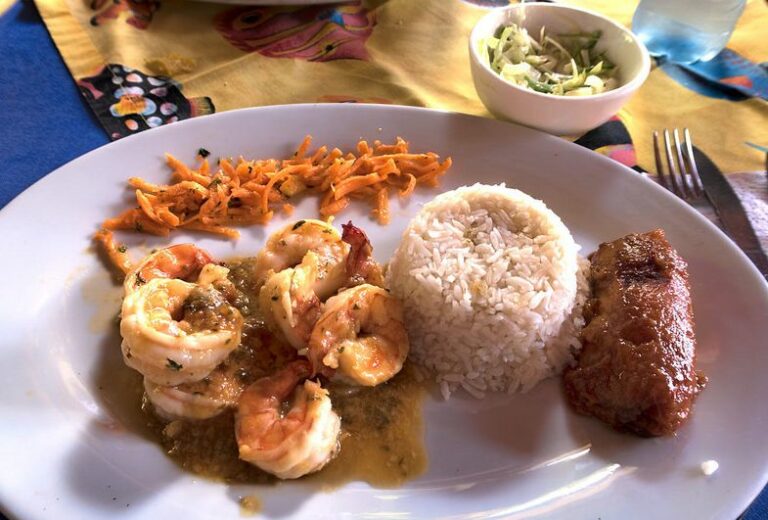Introduction: Panamanian Cuisine
Panamanian cuisine is a fusion of various cultures, including Spanish, African, Indigenous, and Caribbean. Its blend of flavors and spices makes it unique and distinct among Latin American cuisines. Panamanian dishes are known for their bold and savory tastes that are often accompanied by rice, beans, and plantains.
What Makes Panamanian Cuisine Unique?
Panamanian cuisine is unique because it combines elements from different cultures. Its location between the Pacific and Atlantic Oceans allows the country to access a wide variety of seafood and spices. The diverse population of the country has also contributed to the fusion of flavors in Panamanian cuisine. It is a cuisine that is both rich in history and flavors.
Ingredients Used in Panamanian Cuisine
Panamanian cuisine uses a wide range of ingredients, including yucca, plantains, corn, rice, beans, coconut, and seafood. Different types of chilies and peppers are used to add flavor and heat to dishes. Cilantro, lime, and garlic are also commonly used in Panamanian cuisine.
Unique Panamanian Ingredients: Explained
One of the unique ingredients used in Panamanian cuisine is culantro. It is an herb that is similar to cilantro but has a stronger flavor and aroma. It is often used in stews, soups, and sauces. Another unique ingredient is ñame, which is a type of yam that is used in soups and stews. Additionally, chombo peppers are used in many dishes, particularly in hot sauces.
Traditional Dishes with Unique Ingredients
There are several traditional dishes in Panamanian cuisine that use unique ingredients. Sancocho is a soup that is made with chicken, yucca, corn, and ñame. It is often served with rice and avocado. Arroz con Pollo is a popular dish made with chicken, rice, and vegetables, including culantro. Chicheme is a sweet corn drink that is flavored with cinnamon and condensed milk.
Conclusion: The Flavorful World of Panamanian Cuisine
Panamanian cuisine is a delicious blend of flavors and spices that is unique among Latin American cuisines. Its fusion of cultures and access to a wide variety of ingredients make it a diverse and exciting cuisine to explore. Whether you’re trying traditional dishes like Sancocho and Arroz con Pollo or experimenting with unique ingredients like culantro and ñame, Panamanian cuisine is sure to delight your taste buds.

